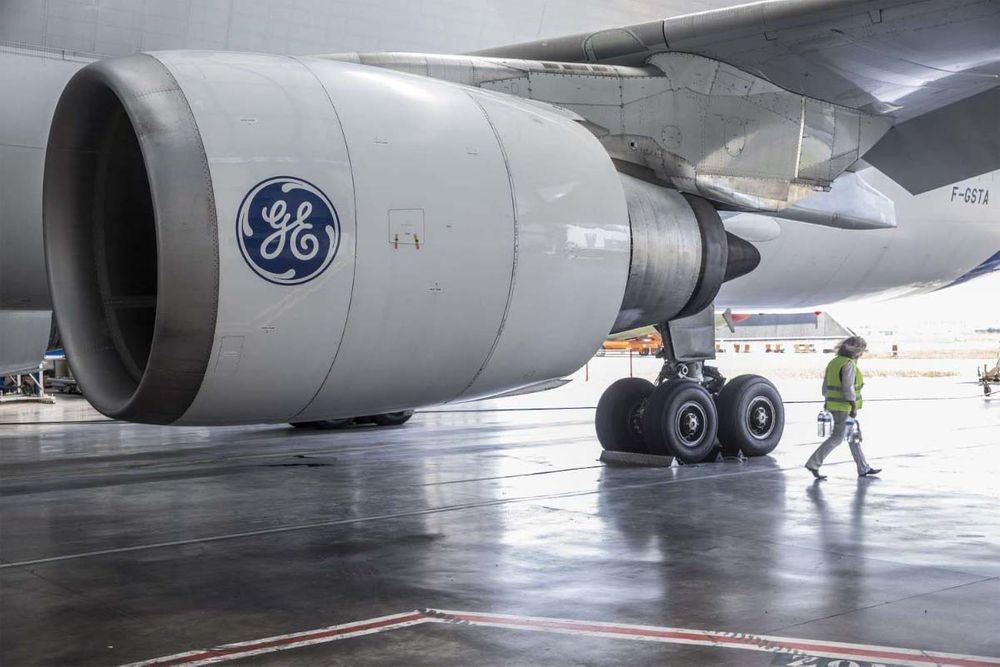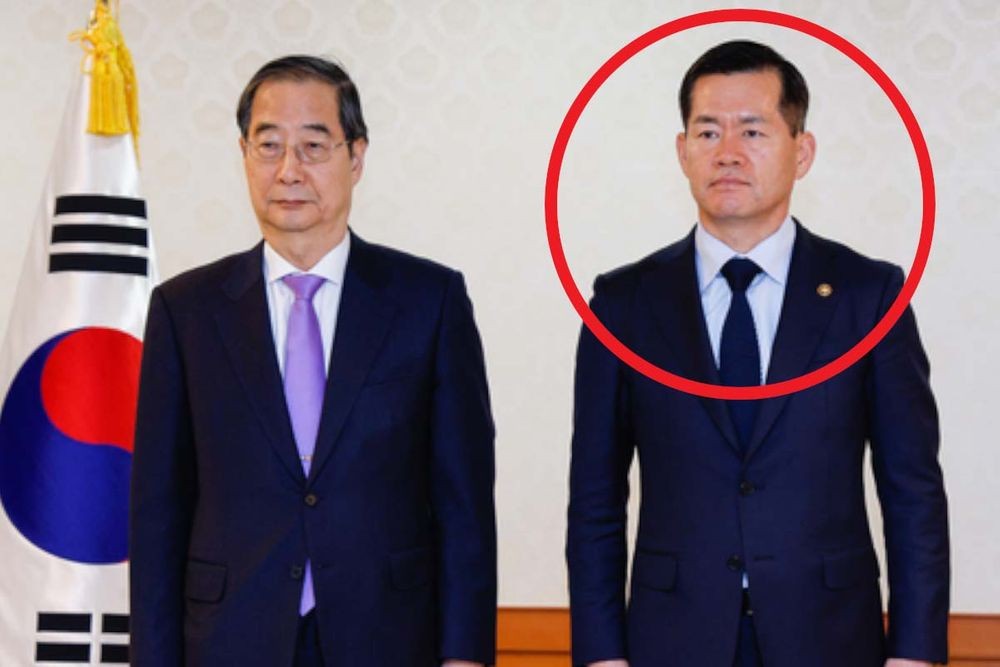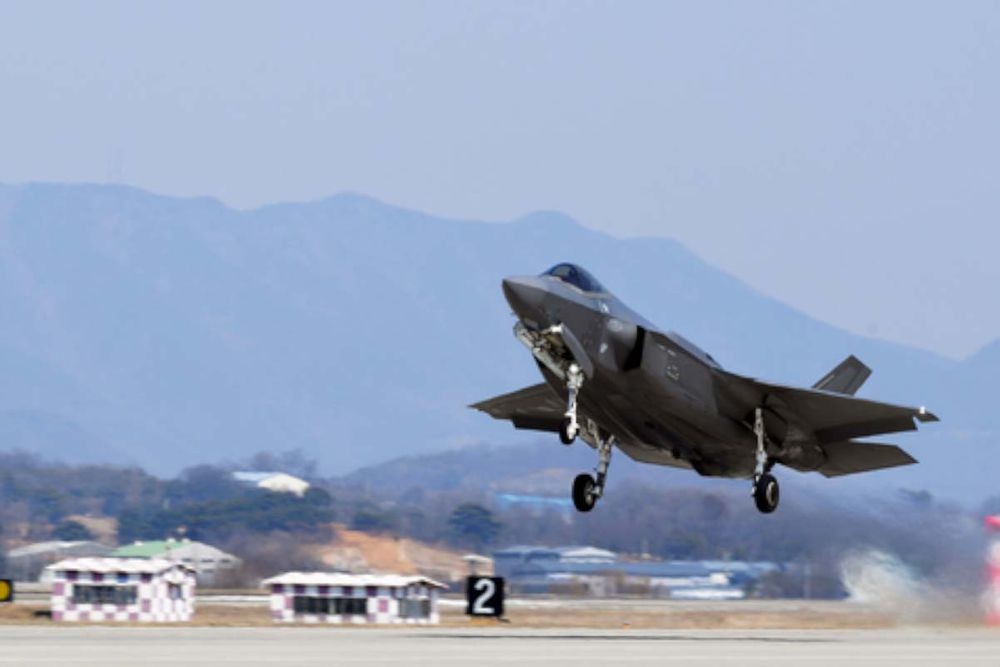GE Aerospace Becomes Independent Publicly Listed Company
Korea Aims for Domestic Engine Development by Late 2030s
Defense Acquisition Program Administration Estimates Project Budget at Approximately 5 Trillion KRW ($4.2 billion)

U.S. aerospace engine manufacturer GE Aerospace, specializing in developing and supplying engines for KF-21 fighter jets and FA-50 light attack aircraft, officially announced its debut as an independent publicly listed company.
GE Aerospace’s parent company, General Electric (GE), underwent a split into three separate entities after facing severe management challenges, leading to the formation of GE Aerospace, GE Vernova, and GE Healthcare.
Specializing in the production of aircraft gas turbine engines for commercial and military applications worldwide, GE Aerospace has established a strong foothold in the aviation propulsion, service, and systems sectors, positioning itself as a leading player in the engine industry.
The KF-21 indigenous fighter aircraft under development by Korea Aerospace Industries (KAI) is also notably supplied with GE Aerospace’s F414 engine.

GE Aerospace was selected as a key engine partner for the K-fighter development project in 2016, and it has maintained a close relationship with our defense industry, delivering the first two engines for the KF-21 fighter jet in May 2020. Beyond fighter jets, GE Aerospace engines are reportedly used in various platforms produced by KAI, including the FA-50 light attack aircraft and the Surion helicopter.
Over the years, the company has built strong partnerships with South Korean defense companies, gaining a solid position globally and in Korea itself. Known as a familiar entity, it continues to supply military aircraft engines to domestic defense firms like Hanwha Aerospace, which produces GE engines under license, and provides consistent technical support and collaboration.

Korea has been cautiously and steadily pursuing the localization of fighter jet engines for some time to reduce dependence on the U.S. and other foreign companies in industries requiring advanced technology.
The Defense Acquisition Program Administration (DAPA) held an event last year (2023) on December 26th, announcing the “Advanced Aviation Engine Concept Research Plan and Aerospace Engine-related Company Roundtable.” They stated their intention to complete the development of a 15,000-pound (approximately 6,800 kg) class turbofan engine by the mid-to-late 2030s.
It was announced that research had officially begun within DAPA to develop a domestic turbofan engine. A defense industry expert commented, “Regarding DAPA’s announcement, it may feel like Korea has only begun developing fighter jet engines in the 2020s from a fragmented interpretation. However, this recent announcement by DAPA is analyzed as the authorities disclosing progress confidently, given the significant advancement made in the long-pursued Korean-style turbofan engine development project.”
Since the 1980s, Korea has accumulated technology for fighter jet engines by producing licensed KF-5E/F Tiger II engines and investing in the engine industry over the past 40 years.
The first engine produced, the J85-GE-21A, was known to have a similar ignition button to the R-13 developed in the Soviet Union (now Russia).
Domestic defense research institutes and companies have been gradually domesticating significant parts, including fan blades, since the 1980s, advancing turbofan engine part manufacturing and heat-resistant material technology.
When the KF-16, the main fighter of the Republic of Korea Air Force, was introduced in the 2000s, the F100-PW-229 engine mounted on this fighter was successfully independently licensed and produced, and some parts were successfully domesticated. Furthermore, when the F-15K Slam Eagle fighter was introduced in 2005, it was successfully domesticated again by creating the IPE engine model F110-STW-129A.
Following this, Korea has continued to advance, including domestic production in the form of technology introduction related to the F404-GE-102 model in the present day, as domestic T-50 trainers and FA-50 fighters are produced.

This year, the precise completion target for the engine development project, led by the Defense Acquisition Program Administration (DAPA), has been announced as 2037. DAPA estimates the total project budget to be approximately 5 trillion KRW ($4.2 billion). This is equivalent to about one-fifth of the resources China has allocated to develop a high-performance engine, with an estimated budget of over 25 trillion KRW ($21 billion) to develop one engine type.
Moreover, China has been conducting fighter-related projects since the 1950s, pouring in a massive average annual resource of 8 trillion KRW. Compared to this, Korea’s resource allocation is evaluated as modest.
According to DAPA, the so-called ‘Korean-style F414 engine’ will be completed. If this engine is installed on successor models of T-50/FA-50 or next-generation fighters like KF-21 Block 3, Korea will possess actual indigenous fighter development and production capabilities.
Currently, countries known to be capable of independently designing and manufacturing everything from fighter aircraft bodies to radar, electronic equipment, various sensitive sensors, and engines include the United States, Russia, China, France, Japan, and the United Kingdom. According to DAPA’s remarks, Korea will make history by joining this group beyond the mid-2030s.
Photos=Investopedia, The Seattle Times, News1, Provided by GE Aerospace.










Most Commented